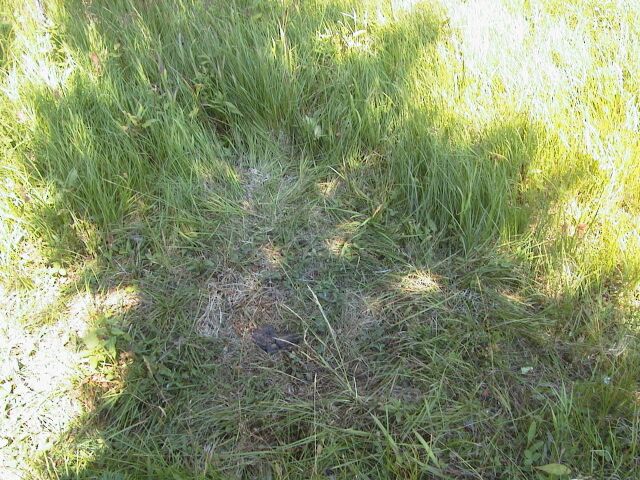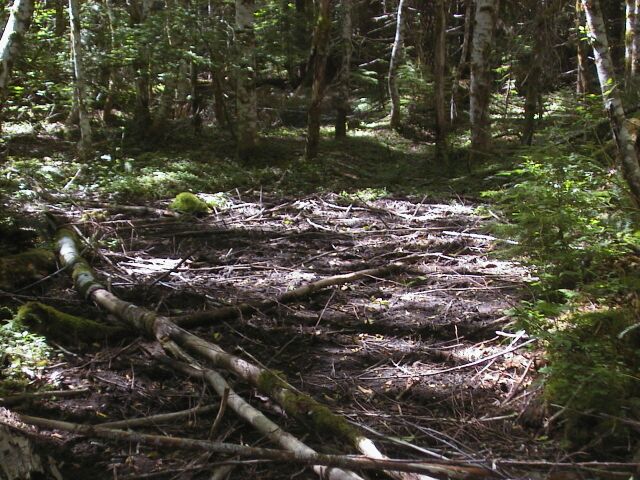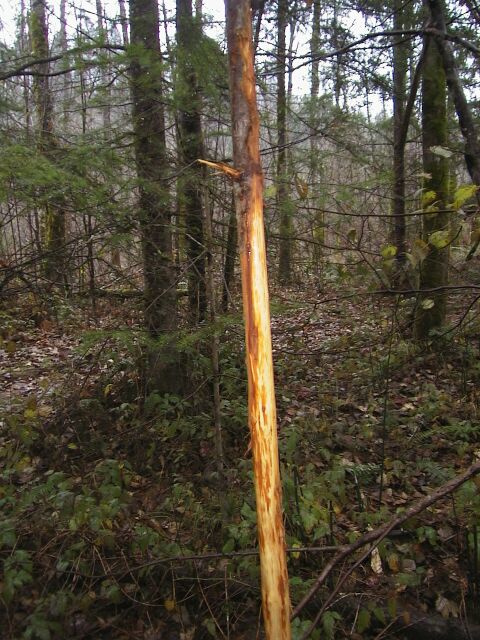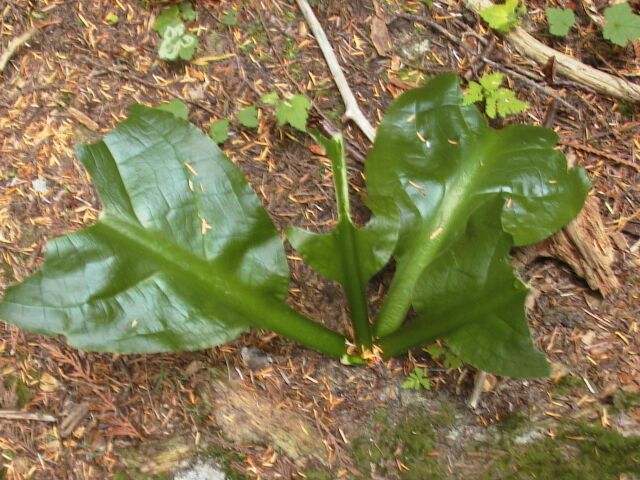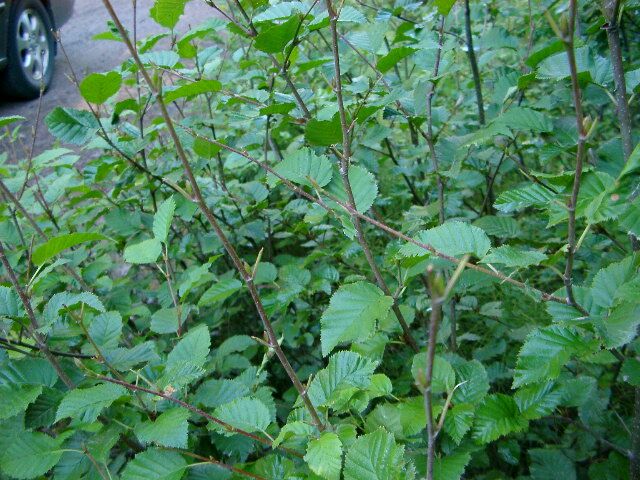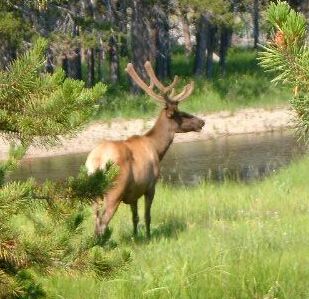Hooves
Here we have the hind and front foot and then a closeup of the front foot. Note the small pad at the rear of the clouts and the prominent wall along the outer edge.
Elk tracks have a distinctly rounder appearance compared to deer and most other ungulates.
The outer edge, or wall, is very prominent and may be all that shows on a hard substrate.
Bison also have a prominent wall but elk tracks are more pointed. In this photo you can compare the relative size and shape of a cow elk, her calf, and a mule deer
(from left to right). Elk have a number of physical and behavioral adaptations for winter. They grow extra hair, have
a relatively large surface area for their hooves, and have long legs. They use their hooves to
clear snow away from the grass and switch to browse
The cows and calves tend to stay at lower elevation. Bulls move off on their own, either singly
or in small herds. Elk tracks in snow are also distinctive. The round shape of the track is often apparent.
There is little to confuse it with in the northwest as we have no other large ungulate in much of the
region. The photos were taken in the Gifford Pinchot forest at around 4,000 feet.
The first photo includes a cow and her calf. Winter feeding involves pawing the ground to get at the grass that remains or browsing on
various deciduous shrubs.
Browsing. Droppings. Day bed. Wallow. Rub. Browsing (skunk cabbage, alder, huckleberry).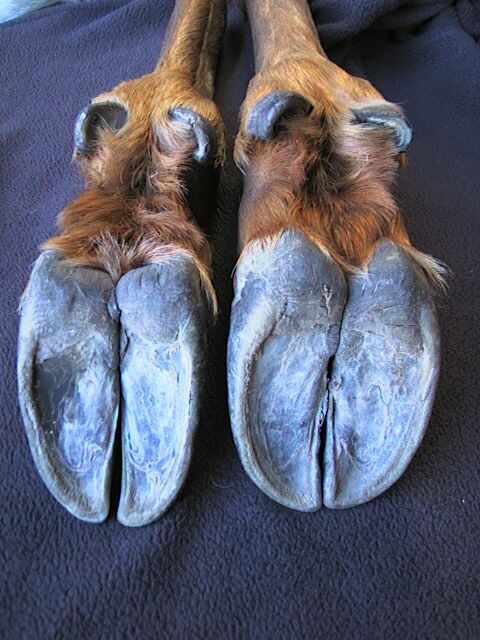

Tracks
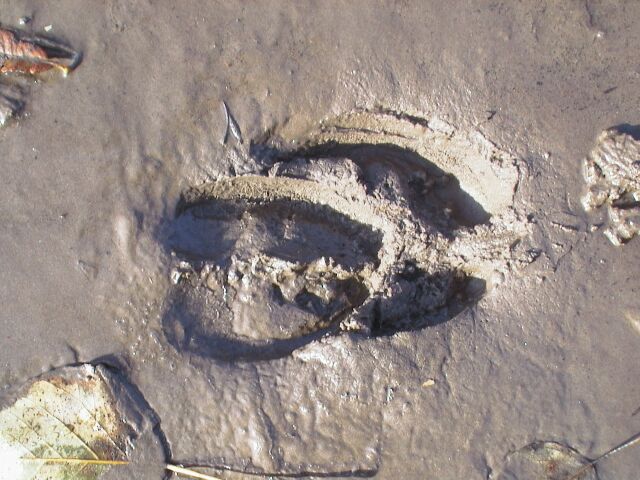
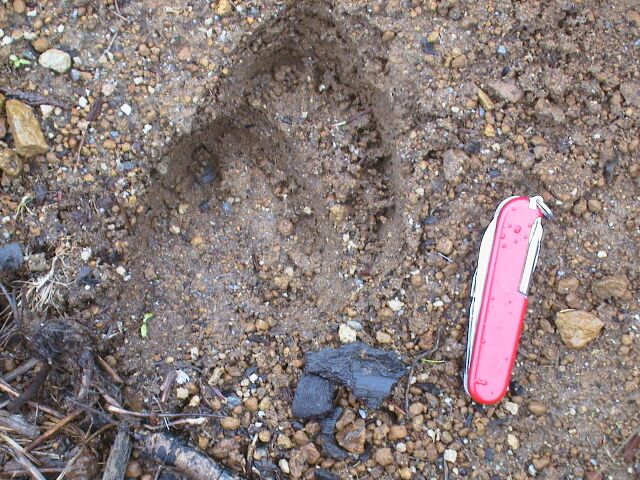
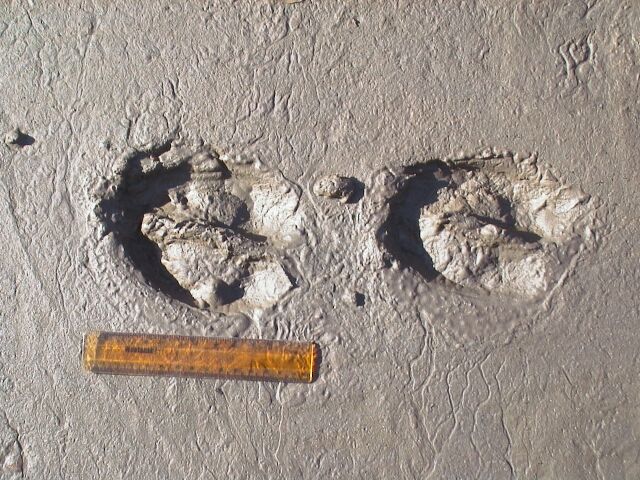
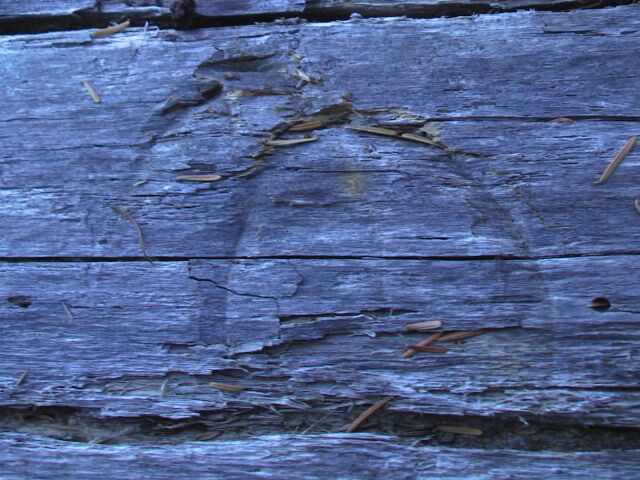
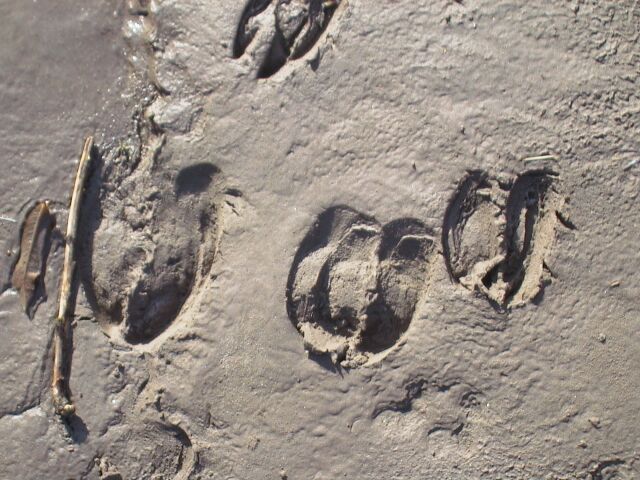
Snow
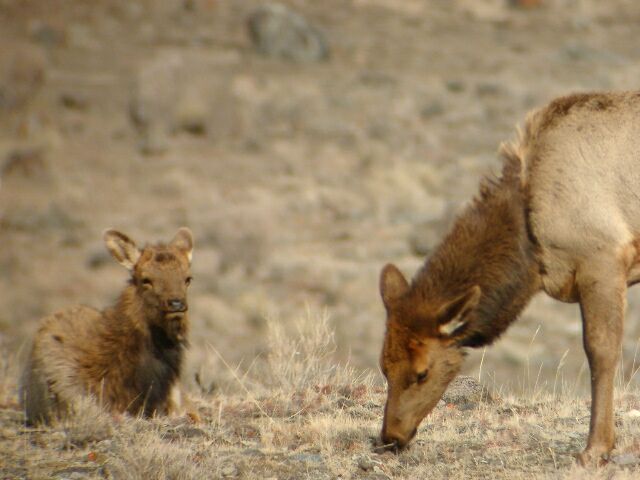
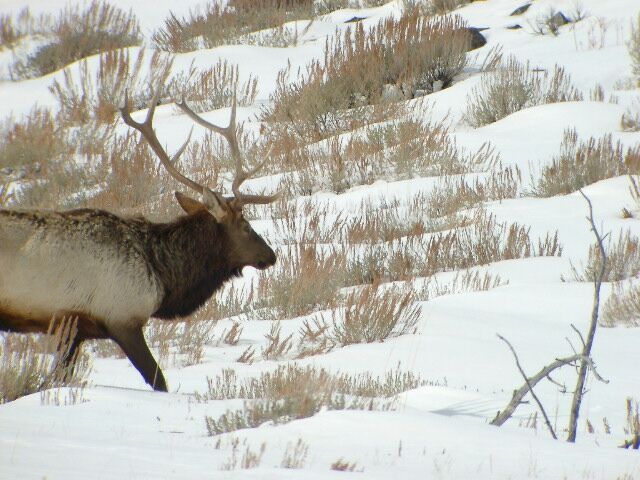
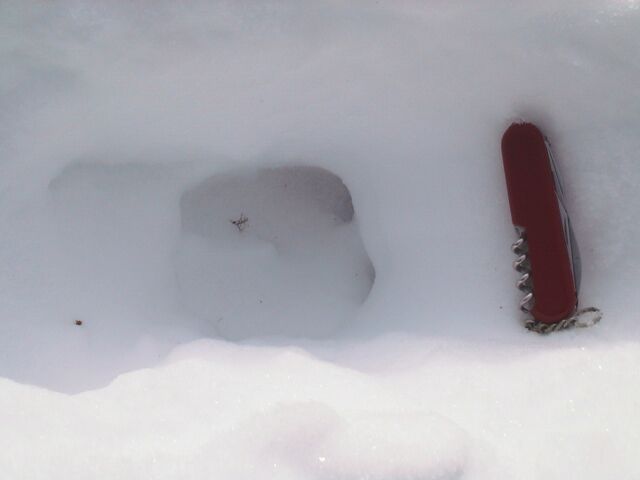
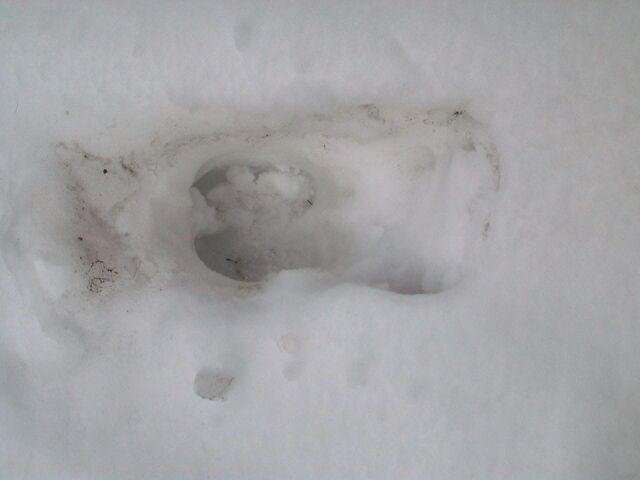

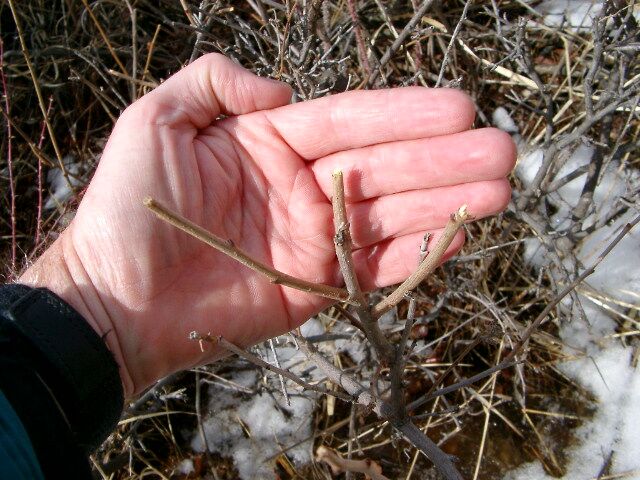
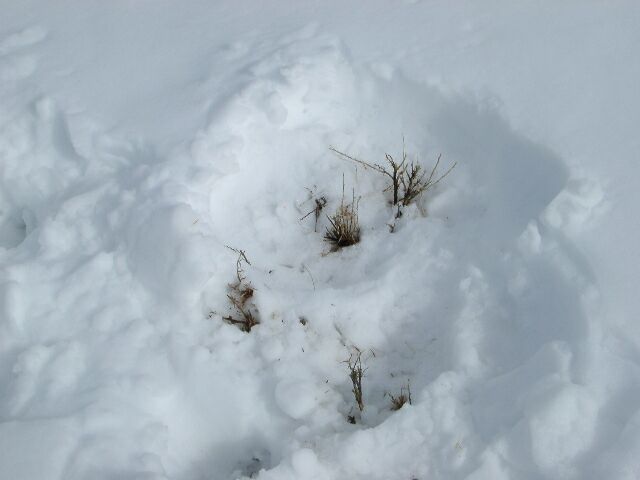
Gaits
Although a walking diagonal stride is by far the most common gait observed, other strides are
certainly possible, especially when predators. Here is a rotagallop on a sand bar along
Slough Creek, YNP, an area frequented by both the Druid Peak and Rose Creek wolf packs. 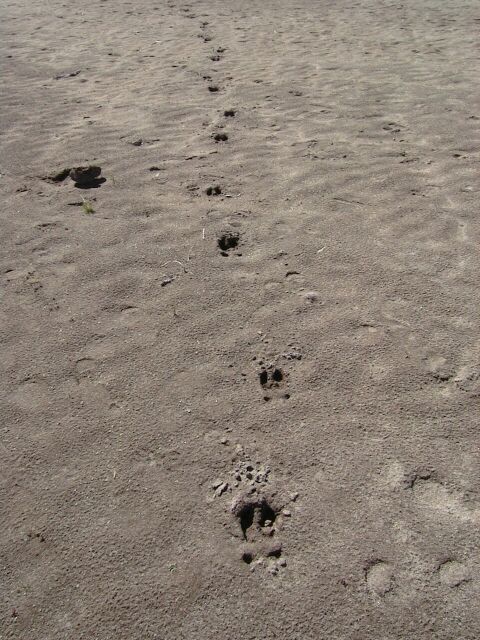
Other Sign

